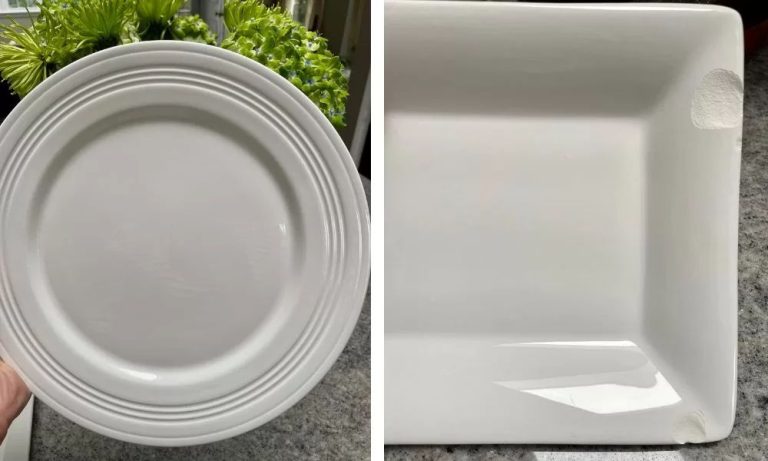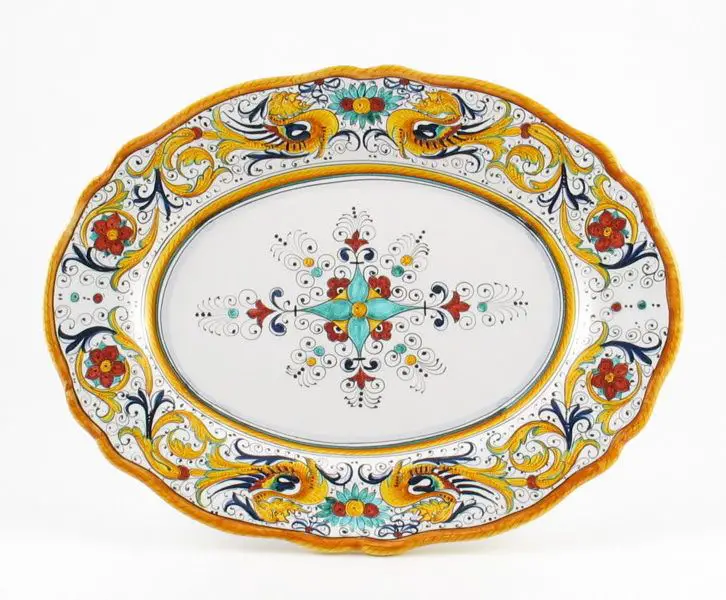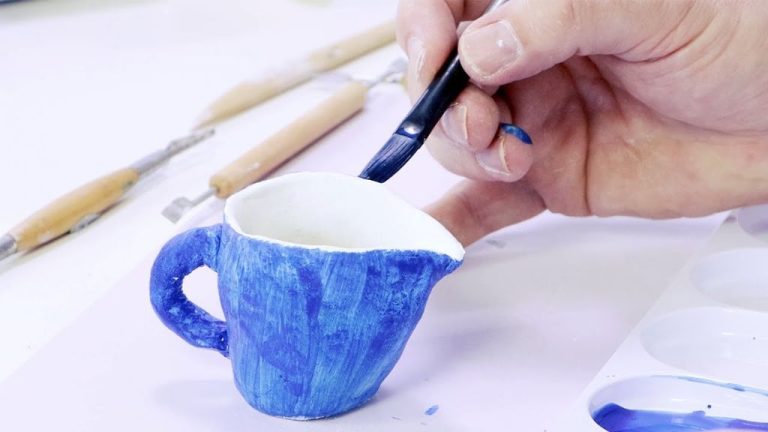Is Porcelain Heat Better Than Stoneware?
Introduce porcelain and stoneware dishes
Porcelain and stoneware are both types of ceramic dishware used for cooking, serving, and dining. Here are some key differences:
Porcelain is a ceramic material made by firing refined clay at very high temperatures, typically between 1200-1400°C. According to Wikipedia, porcelain was invented in China during the Shang dynasty between 1600-1046 BCE. Porcelain is known for being smooth, translucent, and delicate. It is commonly used to make plates, cups, bowls and decorative pieces. Porcelain has very low porosity making it an ideal material for kitchenware.
Stoneware is a vitreous or semi-vitreous ceramic made from relatively coarse, porous, absorbent clay that is fired at high temperatures between 1200-1300°C. Stoneware originated in China during the Shang dynasty around 1400 BCE. Stoneware is less glassy than porcelain and opaque rather than translucent. It is also more durable and better for oven or stovetop use. Common uses include casserole dishes, mugs, and vases.
Heat conduction properties
Thermal conductivity measures how well a material conducts heat. Materials like metals tend to have high thermal conductivity, while materials like ceramics have lower conductivity [1]. Both porcelain and stoneware have relatively low thermal conductivity compared to metals.
Porcelain tends to have slightly higher thermal conductivity than stoneware. Porcelain thermal conductivity ranges from 1.3-3.3 W/mK, while stoneware ranges from 1.1-2.3 W/mK [2]. This means porcelain conducts heat somewhat faster than stoneware.
The lower thermal conductivity of porcelain and stoneware compared to metals impacts cooking and baking. Food cooked in porcelain or stoneware will heat up more slowly and evenly than in metal cookware. This helps prevent hot spots and burning. For baking, the poorer conduction means porcelain and stoneware will retain heat well once hot, helping baked goods cook evenly.
Heat retention
Heat retention refers to how well a material absorbs heat and retains that heat over time. This is an important property for dishes, especially for items like mugs and plates where you want to keep liquids and foods warm.
Porcelain generally has better heat retention properties than stoneware. According to Made In Cookware, porcelain’s denser composition allows it to retain heat and keep contents warmer for longer. The thinner walls of porcelain pieces also conduct heat more efficiently into the contents. In contrast, the thicker walls of stoneware insulating the outside more, so heat is lost faster.
Users on Home Barista forums also report porcelain espresso cups retaining heat better than stoneware versions. The consensus is that porcelain’s superior thermal properties lead to a better drinking experience with espresso and other hot beverages.[1]
So for dishes and drinkware used to serve hot contents, porcelain is generally the better choice for keeping temperatures elevated over extended periods.
Thermal Shock Resistance
Thermal shock occurs when there is a rapid change in temperature in the material, which causes different parts of the material to expand at different rates. This results in thermal stresses which can cause cracks or fractures. Materials like ceramics and porcelain are particularly susceptible to thermal shock due to their low toughness and strength (Thermal shock, n.d.).
Both porcelain and stoneware have relatively high thermal shock resistance compared to other ceramics, but porcelain has superior thermal shock resistance. According to the Holst Porcelain website, high-alumina porcelain can withstand a thermal shock of up to 200°C, whereas stoneware can only withstand about 70°C before fracturing. The high alumina content in porcelain increases its thermal shock resistance. In testing by Sahlaoui et al., industrial porcelain survived immersion in boiling water after being chilled to -45°C without any apparent damage. This demonstrates porcelain’s excellent resistance to sudden temperature changes.

In summary, porcelain’s higher alumina content makes it more resistant to thermal shocks compared to stoneware. Porcelain can withstand rapid temperature changes over 200°C, whereas stoneware fails at around 70°C. This makes porcelain less prone to cracking or fracturing from exposure to extreme temperature swings during cooking.
Cooking Results
When it comes to cooking results, porcelain generally provides more even temperature distribution with fewer hot or cold spots compared to stoneware. The thinner porcelain material conducts heat more efficiently from the cooktop to the food. According to Made In’s guide, this allows porcelain pans to cook foods more evenly without burning or undercooking spots 1.
In contrast, the thicker stoneware material retains heat unevenly, resulting in more hot and cold spots while cooking. Food may burn in some areas while being undercooked in others when using stoneware. However, high quality stoneware designed for cooking can still provide reasonably even heating. But porcelain edges out stoneware for optimal temperature control across the cookware 2.
Overall, porcelain’s superior heat conductivity results in fewer hot and cold spots, providing more even cooking results across the cookware surface. This gives porcelain a slight advantage over stoneware when it comes to temperature distribution and avoiding under or overcooked spots.
Baking Results
When it comes to baking, both porcelain and stoneware can produce good results, but they differ in a few key ways.
Porcelain tends to provide more even browning and crispier crusts. The smooth glazed surface of porcelain allows it to distribute heat very evenly, leading to consistent browning on baked goods. The non-porous nature of porcelain also promotes a nice crisp crust. However, some find porcelain can brown excessively or even burn on the bottom before the interior is fully baked.
Stoneware’s rougher, more porous surface can create more uneven browning in comparison. But it retains moisture well during baking, keeping baked goods tender on the interior. The crust on stoneware-baked items may not get quite as crisp as porcelain. Some bakers feel the stoneware surface helps the bottom avoid over-browning.
When it comes to loaf breads, the moisture retention of stoneware can be advantageous to keep the crumb soft. Porcelain’s propensity for crispier crusts may work well for items like pizza and biscuits. Overall, both materials can produce quality baked results with some key differences in crust and moisture retention (Source).
Durability
When it comes to durability, porcelain tends to be more resistant to chipping, scratching, and impact damage compared to stoneware. According to IS PORCELAIN STRONGER THAN STONEWARE, porcelain has very high bending strength, measuring about 175 MPa, compared to stoneware which measures around 130 MPa. This makes porcelain more resistant to chips and cracks from impacts.
Porcelain is also harder on the Mohs scale, rating around 7 compared to stoneware which is around 6-7. This increased hardness makes porcelain more scratch resistant over time. Glazes can help improve the durability for both materials, but porcelain’s dense structure makes it naturally more durable even without an additional glaze coating.
For applications where dishes and cookware will encounter frequent impacts, such as in commercial kitchens or family environments with children, porcelain’s superior durability makes it the better choice over more fragile stoneware options.
Appearance
Porcelain and stoneware have distinct aesthetic qualities in terms of color, finish, and overall appearance. Porcelain tends to have a smooth, white, and refined look. It is nonporous, dense, and thin (source). Porcelain dishes often have a more delicate and elegant style. They come in bright whites as well as soft, muted earth tones. Glazes can give porcelain a glossy or matte look.
Stoneware has a more rustic and handcrafted appearance. It comes in deeper earth tones like browns, tans, and grays (source). Stoneware tends to have a rougher, grainier surface texture. It can be left unglazed for a more natural look or glazed for a satin or glossy finish. The thicker material gives stoneware a sturdier, chunkier look compared to thin porcelain pieces.
Cost Comparison
When it comes to price, porcelain and stoneware dishes can vary greatly depending on the brand, quality, and other factors. Here are some general guidelines on cost:
Porcelain dishes are generally more expensive than stoneware. Mass-produced porcelain plates and bowls can start around $5-10 per piece, while handmade or high-end porcelain can cost $50-100+ per piece. Full porcelain dish sets usually range from $100 on the low end, up to $500+ for designer brands.
Stoneware is typically more budget-friendly. Mass-market stoneware plates and bowls usually cost $2-7 each, while high-end handmade stoneware may run $20-50 per piece. Full stoneware dish sets are available from around $30 up to $200+ at luxury retailers.
In summary, porcelain dishes tend to cost at least 2-3 times more than basic stoneware options. However, there are affordable porcelain options, just as there are luxury stoneware lines. Much depends on the brand, craftsmanship, durability, and aesthetics of the dishes.
Summary
Porcelain and stoneware each have their pros and cons for cooking and baking. Porcelain heats up and cools down faster, providing quick temperature changes that are ideal for recipes that require adjusting the temp. However, stoneware’s properties allow it to retain heat better, providing more even cooking results.
For baking, porcelain’s heat responsiveness can lead to burnt bottoms or edges. Stoneware maintains a steady temperature in the oven, yielding consistent results. In terms of durability, porcelain is generally thinner but less prone to chipping while stoneware is heavier but can crack under thermal stress.
Appearance is a matter of preference – porcelain often has a sleek, modern aesthetic while stoneware looks more rustic and artisanal. Porcelain tends to be more affordable. Ultimately, porcelain may be better for cooking while stoneware excels for baking. Evaluate your priorities and needs when choosing between them.



